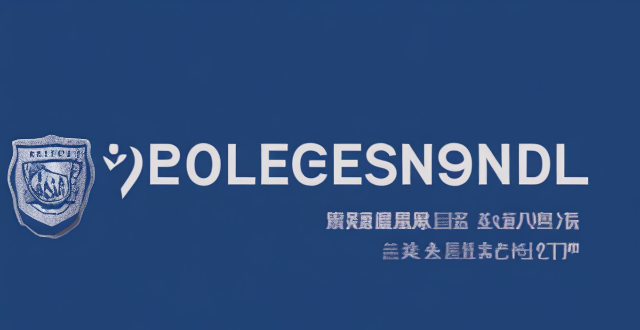Biosafety policies are crucial for protecting public health and the environment from potential risks associated with biotechnology. These policies vary significantly across countries and regions due to differences in regulatory frameworks, cultural values, economic resources, and technological advancements. The United States has a well-established regulatory framework for biosafety, while the European Union has a strict regulatory framework. In Asia, China and India have relatively new biosafety laws. Cultural values also play a significant role in shaping biosafety policies across countries and regions. Economic resources can impact the implementation and enforcement of biosafety policies, and technological advancements can introduce new challenges and opportunities.

Biosafety Policies: A Global Perspective
Biosafety policies are crucial for protecting public health and the environment from potential risks associated with biotechnology. These policies vary significantly across countries and regions due to differences in regulatory frameworks, cultural values, economic resources, and technological advancements. In this article, we will explore how biosafety policies differ across the globe.
Regulatory Frameworks
The regulatory framework is one of the key factors that influence biosafety policies in different countries and regions. Some countries have established comprehensive biosafety laws and regulations, while others rely on a more flexible approach.
United States
- The United States has a well-established regulatory framework for biosafety, including the National Institutes of Health (NIH) Guidelines for Research Involving Recombinant DNA Molecules and the Biosafety in Microbiological and Biomedical Laboratories (BMBL) guidelines.
- The Environmental Protection Agency (EPA) regulates genetically modified organisms (GMOs) under the Toxic Substances Control Act (TSCA).
Europe
- The European Union (EU) has a strict regulatory framework for biosafety, including the Technical Guidance documents and the Directive 2001/18/EC on the Deliberate Release into the Environment of Genetically Modified Organisms.
- EU member states must comply with these directives and implement them into their national legislation.
Asia
- China has a relatively new biosafety law, which was enacted in 2019, covering research, production, and application of genetically modified organisms.
- India has the Rules for the Manufacture, Use, Import, Export, and Storage of Hazardous Microorganisms/Genetically Engineered Organisms or Cells, which were revised in 2018.
Cultural Values
Cultural values also play a significant role in shaping biosafety policies across countries and regions. For example, some cultures may prioritize environmental protection over economic development, while others may focus on promoting innovation and technological advancements.
Economic Resources
The availability of economic resources can impact the implementation and enforcement of biosafety policies. Countries with limited resources may struggle to establish effective regulatory frameworks or provide adequate training and support for researchers and industry professionals.
Technological Advancements
Finally, technological advancements can influence biosafety policies by introducing new challenges and opportunities. For instance, the emergence of gene editing technologies like CRISPR has led to discussions about updating existing biosafety regulations to address these novel techniques.
In conclusion, biosafety policies vary significantly across countries and regions due to differences in regulatory frameworks, cultural values, economic resources, and technological advancements. It is essential for governments and organizations to work together to develop effective biosafety policies that protect public health and the environment while promoting scientific progress.